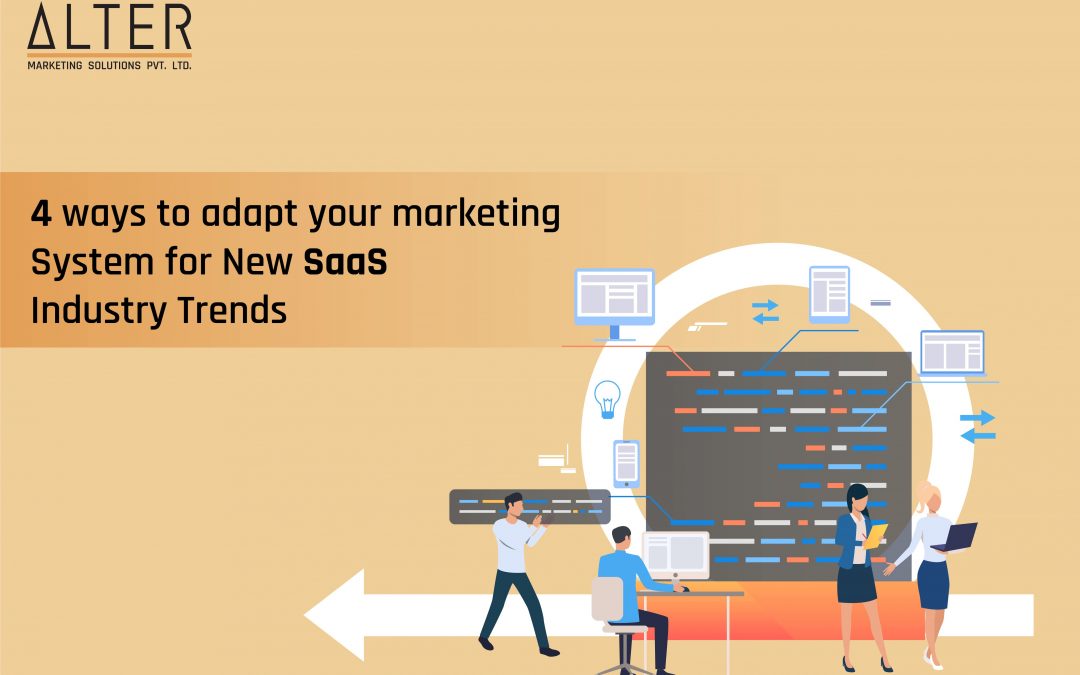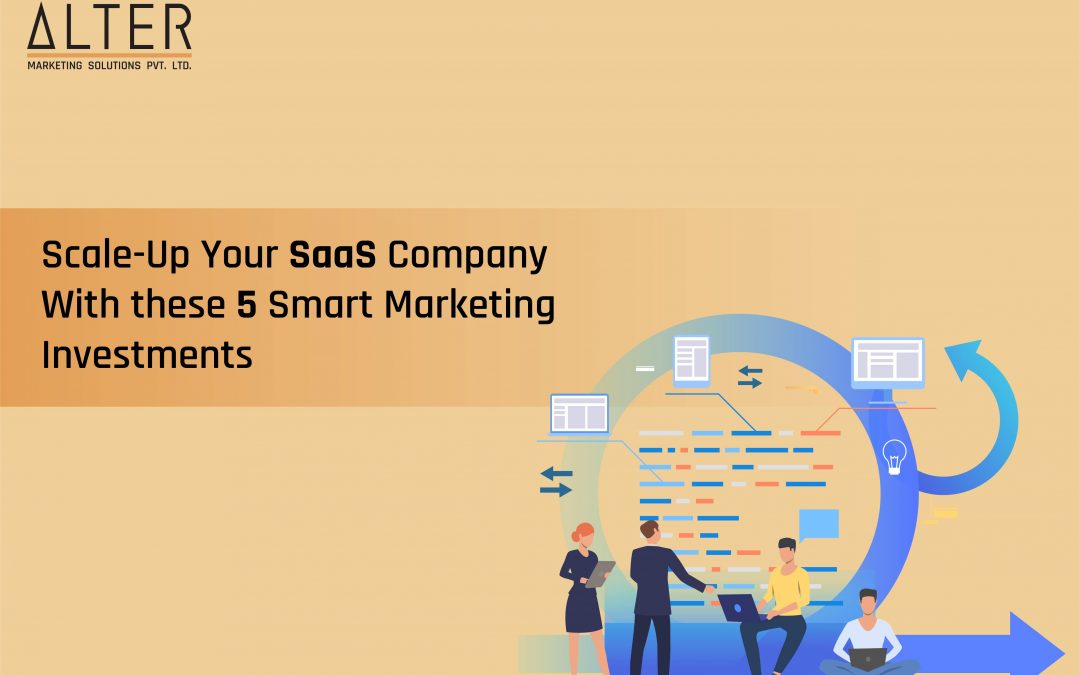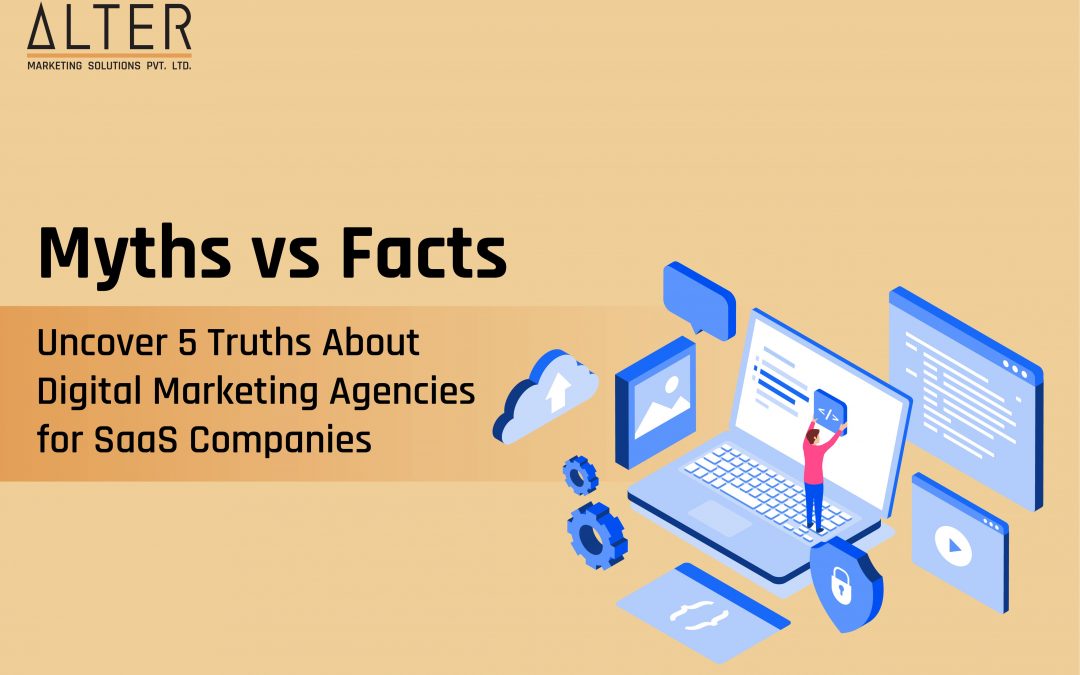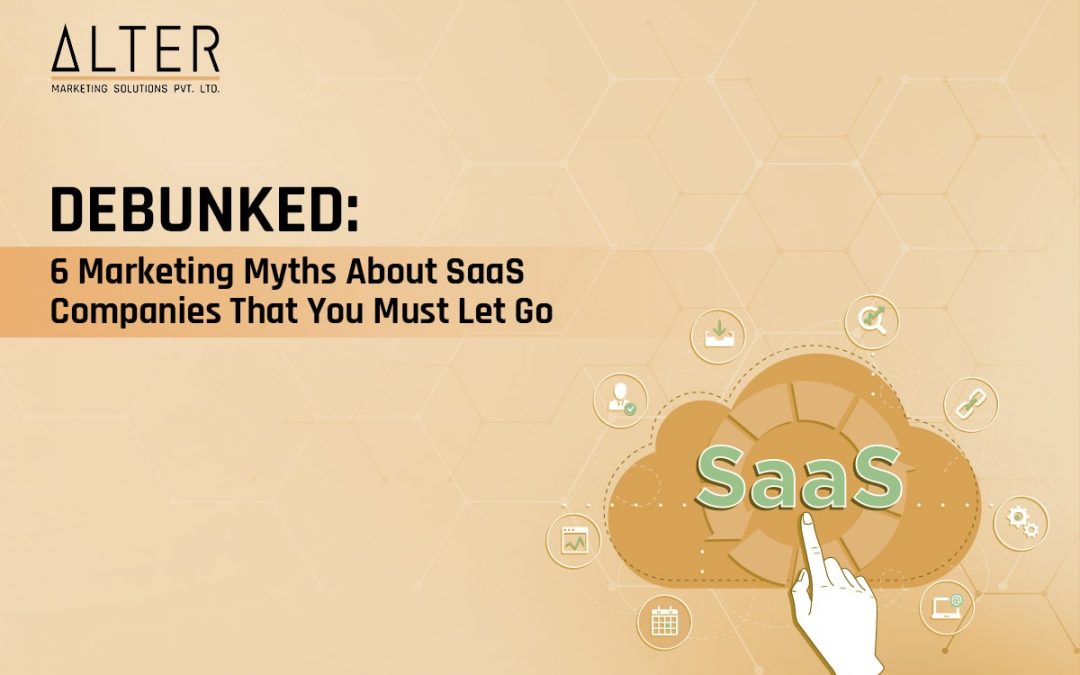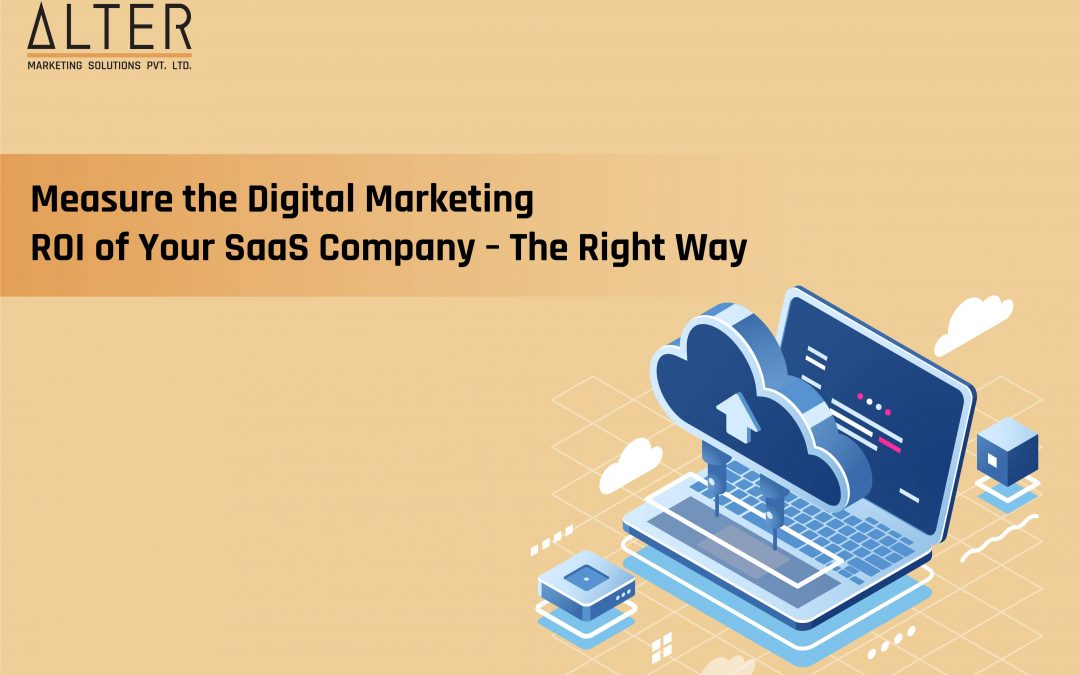
Measure the Digital Marketing ROI of Your SaaS Company – The Right Way
“Minds do not leap. Observation, evaluation, and iteration, not sudden shifts of perception, solve problems and lead us to creation.”
Kevin Ashton, the guy who, among other things, pioneered the global standard system for RFID and other sensors, said that. But how does that quote relate it our topic today?
Most business models in the world are a microcosm of life on a smaller scale. Digital marketing for a SaaS company is no exception. To truly excel at it, constant observation, evaluation, and iteration of ideas and efforts must take place, to lead you to ÿour goal. That’s where the ROI (Return on Investment) comes in.
The process of measuring the ROI will force you to acknowledge the viability and success (or lack thereof) of your marketing efforts. Before you can think about ways to measure the ROI, you must understand the significance of measuring it.
ROI – The What and The Why
ROI, in SaaS, refers to the profitability ratio to evaluate the quality of fruits your marketing labours bear. In simple words, the question you, as a SaaS owner, want to ask of your company is whether you’re getting as much as you can in relation to what you put in.
Why, you ask? Well, that’s where Senor Ashton’s wise words come into focus. To solve problems and lead you to creation, it is observation, evaluation, and iteration that take the limelight, rather than simple whims and epiphanies.
Measuring the ROI, correctly, of course, is akin to the observation part. This in turn, will allow you to evaluate your actions, and ultimately compel you to make alterations to your efforts. (Read: iterations).
Now that we understand the What and the Why of ROI, let’s move on to the How.
How to measure ROI “the right way”?
The right way. A bit vague, isn’t it? Let’s see if we can’t shed some light on it. Measuring the return on investments is almost as simple as proving 2+2 = 5. The whole point of the exercise is to be able to derive actionable insights. So first things first, you need to know what to measure.
Let’s go about this per channel.
The Website
Your SaaS company’s website is basically a virtual office space. A lot of people come by, some even prospective customers. You have invested a lot to make this office welcoming and catering to the needs of said customers. The parameters you need to measure in this case are:
- Traffic and its source
Measure how many people visit your website on a weekly basis as well as where they come from.
- Time spent
Measure the visitors’ time spent on your website. Maybe they liked something they saw. You can use that information to talk to them more effectively.
- Bounce rates
Bounce rates give you an idea about how many people leave your website immediately after arriving. You don’t want this number too high.
- Website actions
Finally, measure the actions visitors take on your website. Calculate conversions per page, inquiries, likes & comments, shares, etc.
Paid Advertisements
Paid Advertisements are, well, pretty self-explanatory. But the process of generating leads and measuring their performance isn’t that simple. Here’s what you, as a SaaS owner, need to track:
- Define target CPR
CPR, or Cost Per Result, refers to the ratio of profit per a predetermined metric (a click, lead, conversion, or sale), generated by an ad to the cost of running said ad. You want to define a target CPR initially and work your way towards achieving that with A/B testing.
- Ad interaction rate
This one is rather straightforward. It refers to the number of people who clicked or interacted with the ad in some way in relation to the number of people who saw the ad. Anything close to a 2% interaction rate is a good sign.
- Campaign-wise ROI
Simply put, you want more coming in than going out for all of your marketing efforts. Calculate simple ROI analysis on each marketing campaign you run and compare data across channels.
- Per-channel performance
Different channels have different audiences, and hence suit one company or product more than the other. Figure out the yield of each channel and compare the performances to optimize future ads.
Organic Channels
These cover the company blog, social media presence, email newsletters, etc. Everything under content marketing such as blogs, articles, leadership articles, as well as organic social media content. This content is the face of your brand, and people will judge your knowledge and competency by it. This is how you measure how people react to it:
- Reach and impression
Reach is the total number of people who see your content. Impressions are the number of times your content is displayed, no matter if it was clicked or not.
- Engagement
Engagement refers to the number of responses such as likes, comments, shares, retweets, clicks, referrals, etc. conjured up by your content on various platforms.
- Revenue generated and profit/Resource-cost comparison
This is the calculation of direct revenue generated thanks to your content, in relation to the cost of resources and man-hours used to create said content.
Example of measuring ROI of a marketing channel:
Total marketing costs = X (Email marketing team allowance) + Y (Email Marketing software). So X + Y is the total investment.
Revenue = Z = Leads generated through email marketing x lead conversion rate x average sales value
ROI = Z – (X+Y)/(X+Y)
Some Final Points to Remember
Track the trackers – Ensure you have functional trackers in place to measure all the data that you need. Google analytics and HubSpot are two of the prime examples of trackers.
Go for better dashboard tools – There are a number of marketing dashboard tools out there that help you derive actionable insights from raw data like Google data studio, Datorama, Tableau, etc. Find one that best suits your needs.
Keep an eye out for red flags – With all this constant tracking, collecting and deciphering of data, it may be possible to miss out on trends. Keep checking all datasheets and dashboards thoroughly to make sure any underperforming metrics are taken care of immediately.
Shift focus in times of need – If even after multiple efforts and iterations you keep seeing red flags, it may be time to shift your focus, and your budget towards different strategies.
Know what you don’t know – For strategies that you’re unsure of, it’s best to only keep a small experimental budget at first, at most. If things do not go according the plan, your best bet is to consult an expert about it before investing any further.
Speaking of experts, you need not look far. Here, at Alter Marketing Solutions, our team of expert data analysts and digital marketers come together to ensure your SaaS company’s digital marketing efforts are fruitful, and your ROI keeps soaring. Drop us a message at [email protected], or call us at +91 99864 60086 for a free consult.
Want to learn more about creating the perfect growth plan for your SaaS product? Get Free Access To Our SaaS Growth Plan EBook. Download Now!

